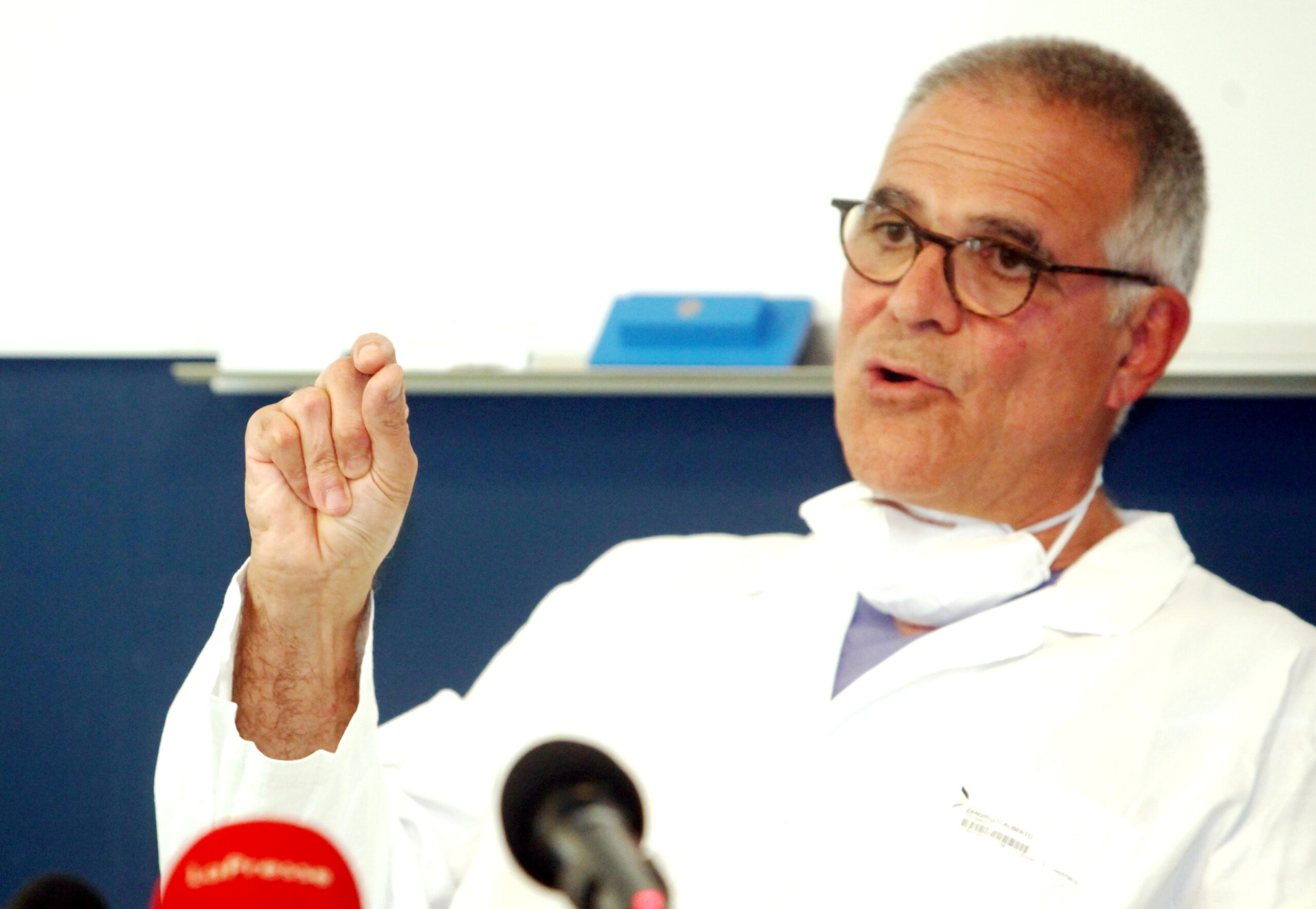Former premier Silvio Berlusconi, who died this morning at the age of 86, had been battling chronic myelomonocytic leukemia for some time, a rare, non-hereditary blood cancer that affects bone marrow stem cells and generally occurs between the ages of 50 and 70 years old. All the details
He had been discharged on 19 May after 45 days of hospitalization at San Raffaele in Milan but this morning, shortly after 10, the news was released of the death of the founder of Come on ItalySilvio Berlusconi, who had been back in hospital since last Friday for tests related to chronic myelomonocytic leukemia (LLMC), a disease he had been battling for some time.
WHAT WAS SILVIO BERLUSCONI SICK WITH
The disease that had hit the Knight was a particular type of leukemia. As has explained Professor Claudio Cerchione, medical researcher at the Hematology Division of the Romagna Institute for the study of tumors Dino Amadori and president of the Italian Society of Oncohematology, “among the chronic leukemias there is chronic myelomonocytic, a rare blood cancer, non-hereditary, which affects bone marrow stem cells and usually occurs between the ages of 50 and 70”.
Specifying the difference between the various forms of leukemia, Cerchione said that there are acute ones, “with a sudden and devastating onset”, and chronic forms – such as Berlusconi’s -, “often with a more indolent and sneaky course”.
THE INCIDENCE OF THE DISEASE IN ITALY
According to the data from the Italian association against leukaemia-lymphoma and myeloma (Ail), chronic myelomonocytic leukemia is the most frequent of the myelodysplastic-myeloproliferative syndromes and is a disease characterized by the increase of a specific population of white blood cells called monocytes.
Its estimated annual incidence is 1.0 per 100,000 people.
DYSPLASTIC FORM AND PROLIFERATIVE FORM
LLMC, continues the Association, can present itself in a dysplastic form, in which anemia and neutropenia prevail, or in a proliferative form, with a high number of white blood cells. There is always an excess of monocytes in the blood and marrow and a variable number of immature cells (blasts).
“On the one hand there is an excessive proliferation of some blood cells, on the other their abnormal maturation. The subject – said Cerchione – can show an increase in white blood cells in a more or less serious way, and in particular an increase in monocytes […] Often the patient discovers that he has the disease perhaps starting from the finding of anemia, sudden fatigue, bleeding or recurring infections”.
HOW TO CARE IT
Allogeneic stem cell transplantation, explains Ail, is the only treatment with curative potential, but in many cases, as in Berlusconi’s, it is difficult to implement due to age and comorbidity. Instead, it was recently chosen to curate the writer Alessandro Baricco.
Alternatively, azacitidine and, in proliferative cases, hydroxyurea may be used to control WBC counts if transplantation is impractical; while in the presence of anemia, erythropoietin can be used in low-risk patients.
“There are demethylating drugs that help contain this proliferation of white blood cells, or leukocytosis. The cure in the chronic patient who does not have other serious pathologies – Cerchione specified – can be imagined in the long term, without the need for hospitalization “.
SIDE EFFECTS
The professor then added however that these therapies have side effects and, for example, in the case of neutropenia, or a decrease in the number of one of the five types of white blood cells circulating in the peripheral blood, and therefore a weakening of the immune system, various risks of infection can follow, including pneumonia.
At the beginning of April, Berlusconi had been hospitalized precisely for a lung infection that arose in the framework of the LLMC.
The goal of demethylating drugs, added Chiarone, “is precisely to avoid the progression of the disease” because when secondary chronic leukemia becomes acute (as happened to the former football player Sinisa Mihajlovic), the prognosis “is poor” since the response to available treatments becomes “poor” and, inevitably, “times are shortened”.
SIGN UP TO OUR NEWSLETTER
Subscribe to our mailing list to receive our newsletter
